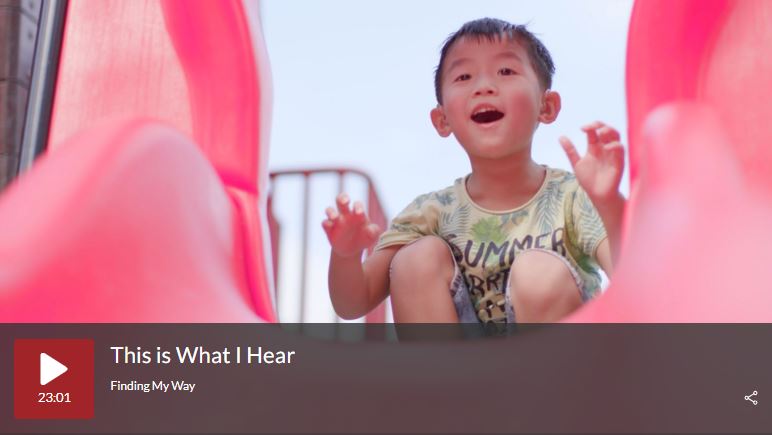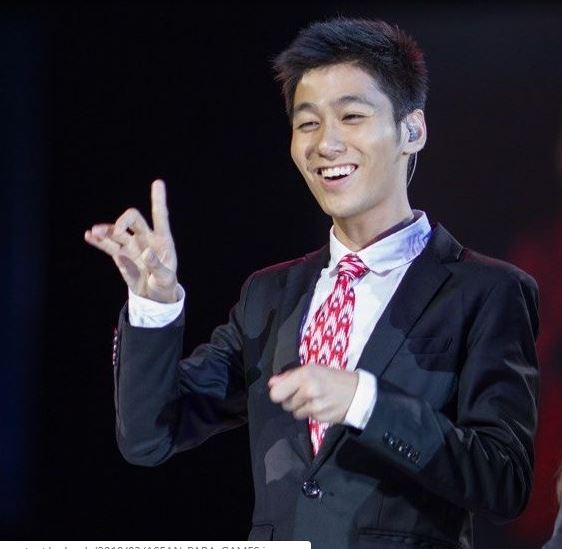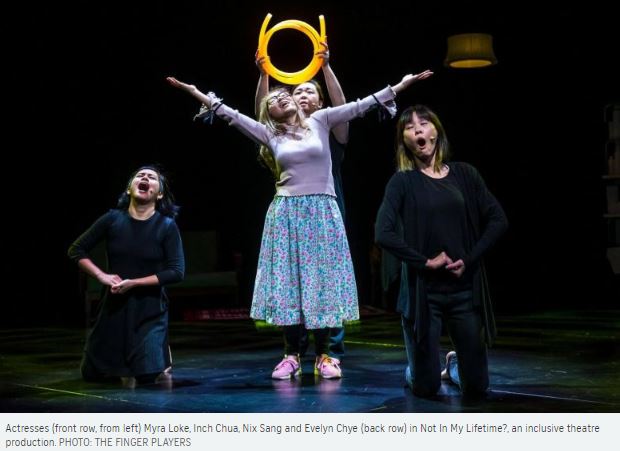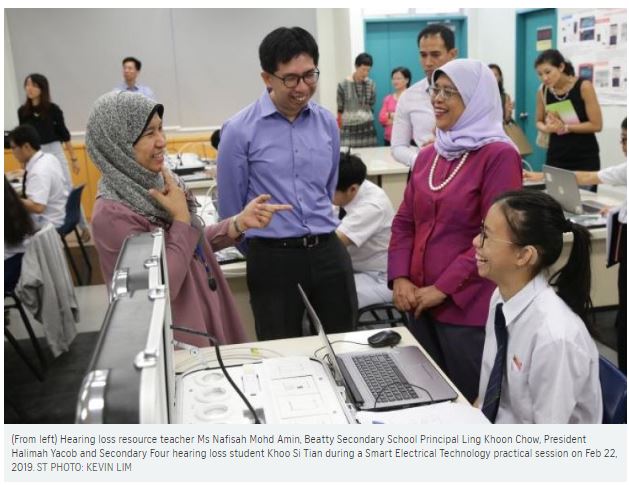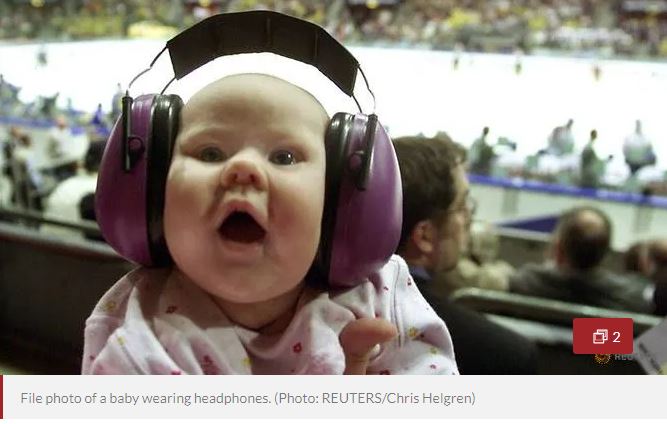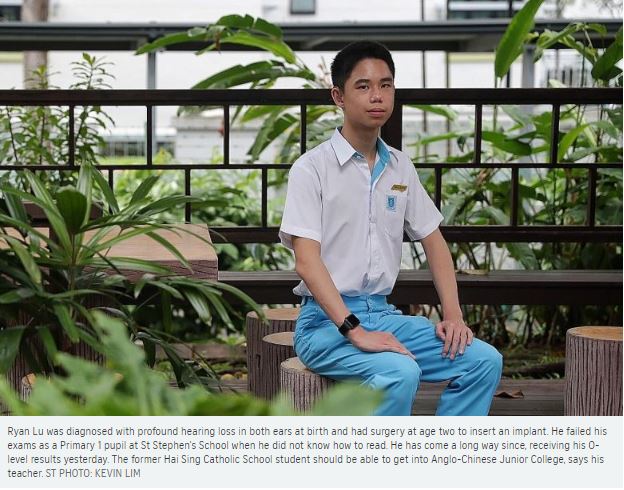Full 4-part Documentary by Channel NewsAsia
Here is extracted from the Channel NewsAsia.
Four hard-of-hearing individuals – a boy going for ear surgery, a teenage athlete rising in her bowling career, a young dancer, and an accomplished pianist – let us into their lives to understand the challenges and misconceptions of the world of the deaf.
Four-year-old Dylan is scheduled for an ear implant surgery that could change his life forever, and his parents are filled with trepidation. Kimberly is a rising bowler from the Singapore Sports School who is competing at the biggest national tournament for the abled. Roseanne breaks new barriers for her community as a deaf dancer. And Dr Azariah is an accomplished performing musician who is coping with ongoing hearing loss.
The series is a quiet study of their everyday lives and struggles, as well as their triumphs and observations. The episodes are accompanied by a special soundscape to draw us closer into their world, and to appreciate what it is that they really hear.
Watch all the 4 episodes below:
A sign language performance of Gretel & Hansel is on 23 March 2019
Gretel and our friend from The Singapore Association for the Deaf has a message for you! We’ll be joined by two sign language interpreters for this Saturday’s 2pm performance. See you at the theatre!
Interview with Teo Zhi Xiong – Seasoned and Committed Staff Interpreter
A passionate and experienced sign language interpreter, Teo Zhi Xiong shares his journey in SADeaf with Digital Senior.
Making Singapore theatre accessible for different audiences
SINGAPORE – Thirty minutes before each show of the ongoing production Not In My Lifetime?, ticketholders are invited to a tour of the stage, which includes feeling the puppet props and a model of the set design.
This touch tour is designed for the blind and those with visual impairments, who also receive headsets to listen to audio descriptions of the action on stage.
Please subscribe or log in to continue reading the full article. Learn more about ST PREMIUM.
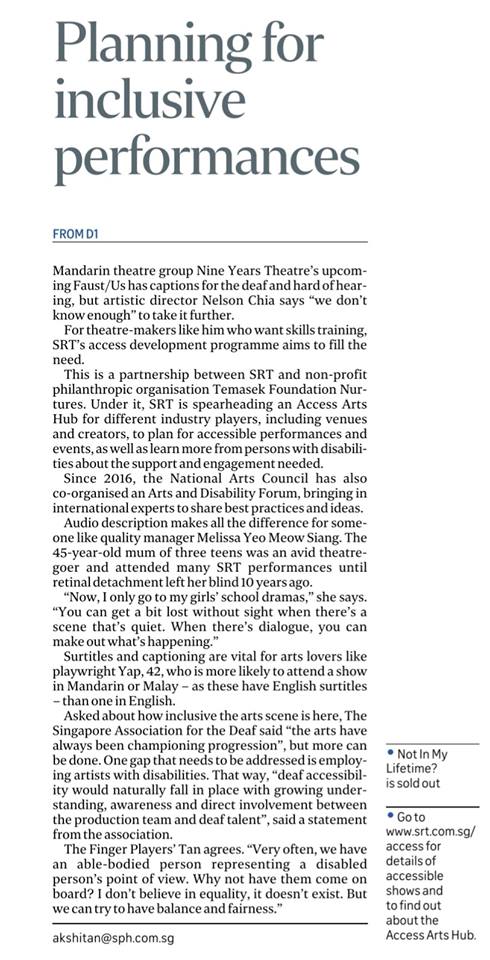
New resources for students with hearing loss in Beatty Secondary School
Extracted from the Straits Times dated 22 February 2019.
SINGAPORE – More help is at hand for Beatty Secondary School students suffering from hearing loss.
A new Hearing Loss Resource Room called D’Connect has been set up to cater to their learning needs.
The room’s resources include air-conditioning for noise reduction, a smart TV for visual learning, movable furniture and partitions so students can change seating arrangements easily and a sofa set that they can use during counselling sessions.
Beatty Secondary School is designated by the Education Ministry for students with hearing loss.
President Halimah Yacob officiated at the opening of the room on Friday (Feb 22) and noted that it was important to help students with special needs integrate into the mainstream schools.
“Integration is good for them because it helps to create self-confidence; it helps them to acquire competencies and skills which are needed when they go out to work,” said Madam Halimah.
“But for integration to take place in schools, it is important that there are investments – in resources, and particularly in training teachers who are able to deal with students with special needs.
“Creating an enabling environment for the students with special needs show that they can develop, learn with the other students (and) that’s really important.”
Special needs teacher grateful for healthcare benefits
Ms Barbara D’Cotta, a special needs teachers from SADeaf is featured during the Budget Speech. Find out about her story at https://www.straitstimes.com/singapore/special-needs-teacher-grateful-for-healthcare-benefits.
Channel 8 Stories: Stephy Hg
#我也做得到!小时候的一场高烧,让黄秀媚从此失去听觉。不过,她从不颓废,积极面对人生。8年前她还当起了化妆师。虽然一路挑战重重,但是她坚信“我也做得到!”
Stephy Hg lost her sense of hearing after a high fever when she was young. However, it did not stop her from living her life in a positive manner. 8 years ago, she even became a make-up artist. Although she faced many challenges in life, she believes that “I can do it too!”
Click on the video link: https://www.facebook.com/watch/?v=1922915817825885&t=174
Turn it down! Millennials’ music habit puts their hearing at risk
A generation of music-lovers are damaging their hearing with audio players that do not limit dangerously high noise levels, the U.N. health agency said on Tuesday.
Change in service fees (Interpretation and Notetaking)
Due to rising operational costs, The Singapore Association of the Deaf (SADeaf) will formally introduce changes to the existing service rates that have remained the same for over 20 years.
The change will take effect from April 2019.
Prevailing rates:
| Service requested from | Fee per hour |
Minimum hours | Minimum Fee |
| Affiliates (such as SSD and MVS) | $10 | 3 hours | $30 |
| SADeaf Staff | ||
| Registered Client | ||
| Registry of Marriages | $10 | 2 hours | $20 |
| Voluntary Welfare Organisations | $20 | 2 hours | $40 |
| Government Boards | $30 | 2 hours | $60 |
| Legal | ||
| NCSS | ||
| Corporates/Groups | ||
| Syariah Court | ||
| State / Family Courts | ||
| Unregistered Individual | ||
| Tourist | $50 | 2 hours | $100 |
New Rates:
| Service requested from | Minimum Fee for first 2 hours | Fee for subsequent 30min blocks |
| Affiliates (such as SSD and MVS) | $20 | $5 per 30min |
| SADeaf Staff | ||
| Registered Client | ||
| Voluntary Welfare Organisations | $60 | $15 per 30min |
| Institutes of Higher Learning (New Category) | $80 | $20 per 30min |
| Medical (New Category) | ||
| Government Boards & Agencies | ||
| Legal | ||
| Corporates/Groups | ||
| Syariah Court | ||
| State / Family Courts | ||
| Unregistered Individual | ||
| Tourist | $100 | $25 per 30min |
